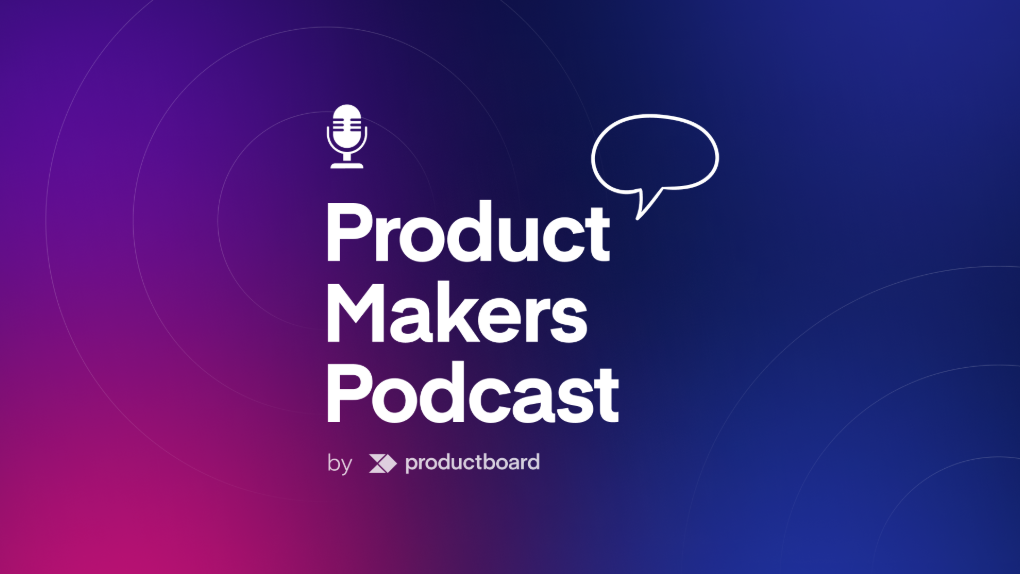6 actionable tips for better product prioritization

Most product people are optimists. We always want to do more than we can. And while this desire to build amazing things is laudable, it comes with a downside — the more you put on your plate, the less you’re going to be able to do really well.
This is why prioritization is so important. We can’t simply say yes to every request that comes our way—this would quickly become untenable. Nor can we just say yes to the loudest or most influential people who come to us with suggestions. This option, while tempting, doesn’t always align with our product or business goals. Instead, we need to create a strategic and systematic approach to prioritization. Here are a few tips from Productboard Senior Product Manager Sophie Lalonde on how to do this.

1. Start at the highest level
Don’t start by prioritizing one set of features against another, says Sophie. “The very first place to start is at the highest level of what your company wants to do thematically or strategically.” This will often be in the form of objectives and key results (OKRs), but other high-level business metrics can work, too. Your goal is to understand the overall direction your business is going. “Then you can empower each team to prioritize features against that strategy.”
2. Familiarize yourself with the frameworks first
“Just like artists need to know the fundamentals of drawing before they can paint a masterpiece, it’s the same for product prioritization frameworks,” explains Sophie. Take time to learn about some of the most common frameworks, like Kano, RICE, and jobs to be done. Give them a try to get a sense of the pros, cons, and best use cases for each one. For a closer look at common frameworks, check out this post.
3. …Then customize for your organization
Once you’ve experimented with a few of the well-known frameworks, you can come up with something that is specific to your organization. Combine your understanding of your industry, customers, and business with what you’ve observed about the frameworks to create a customized approach. Sophie recommends presenting this to your company leadership as the way everyone should be prioritizing. “It’ll make you look good, get everyone aligned, and creates some conversation—if you get everyone to do it the same way, they’ll know how you’re taking and assessing their feedback.”
4. Don’t forget the 30/30/30 rule
The 30/30/30 rule of product management states that you should invest 30% of your engineering, product management, and design resources on existing customers, 30% on growth, and 30% on debt. These numbers aren’t set in stone, but they’re helpful guidelines to keep in mind.
“Your business metrics should be driving your top OKRs and help you figure out what kind of product work you want to do,” explains Sophie. You can always adjust accordingly depending on what’s happening at the top level of the business. “If you’re at a company that has great net retention but is lagging in sales, you’ll want to focus more on innovative work rather than execution work”.
5. Revisit often—but not too often
Sophie recommends revisiting your priorities each quarter. If you do it more frequently than that, she warns, “You’re not allowing your teams to be empowered.”
Having a regular cadence makes it easier to fend off any requests that come out of left field. Unless something is truly broken, you can thank the person for their feedback and remind them that you’ll reconsider it when it’s time to plan next quarter’s priorities.
6. Find the right level of detail for looping in other stakeholders
Ultimately, the prioritization decisions you make don’t just impact you and your team — they affect everyone in your company. So how do you keep everyone informed without overwhelming them with unnecessary information?
Sophie says she thinks of other stakeholders outside your immediate product team as different orbits. Product operations and product marketing should be really close because they can help inform your prioritization. Similarly, engineering and design should be in close orbit because they’re part of the team that’s going to do this work. “I don’t make a lot of prioritization decisions without my engineering leader and UX leader,” says Sophie.
The next orbit includes customer success (CS) and sales. “I don’t work with them every day, but I do work with them every quarter,” Sophie explains. One tactic that works well with CS and sales is to take all the feedback you’ve received and roll it up into themes. Give your CS and sales teams a specific number of votes so they can indicate which themes they’d like you to prioritize in the next quarter. This takes the focus away from specific customers and feature requests, but still gives these teams the ability to be part of your decision-making process.
Wrapping up
If you ever find yourself getting stuck when it comes to prioritization, take a moment to step back. Are you trying to prioritize too many things at once?
“If you’re prioritizing more than 100 things,” says Sophie, “go a level up and see which categories or levels you want to go after.”
And while it’s helpful to have a specific model or framework, keep in mind that things change. Don’t be too rigid about maintaining the same process if it’s no longer working. Having a process will help you compare apples to apples, but remember that your ultimate goal is getting to great outcomes. That’s how you get to achieve those lofty goals that got you so excited about being in product in the first place.
Watch the full discussion below





